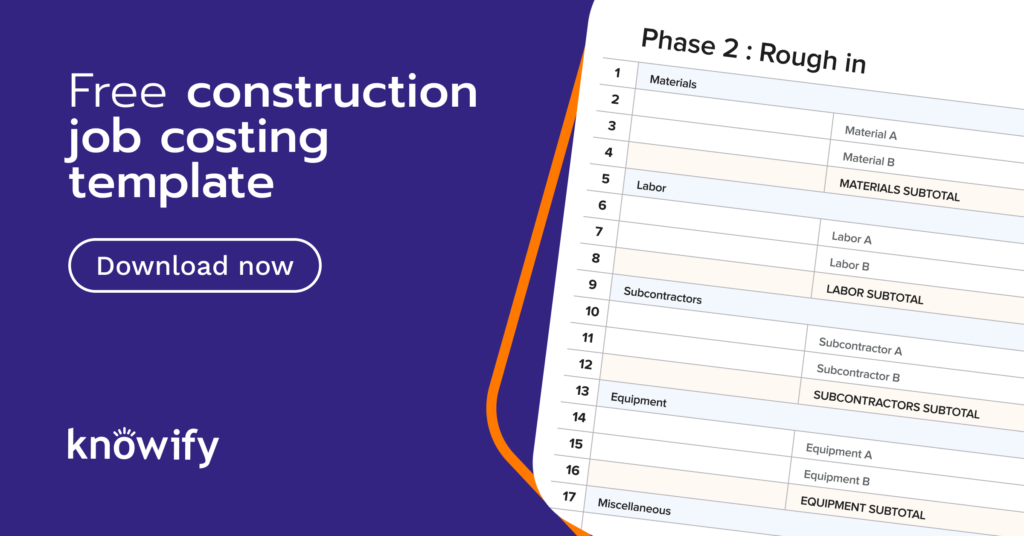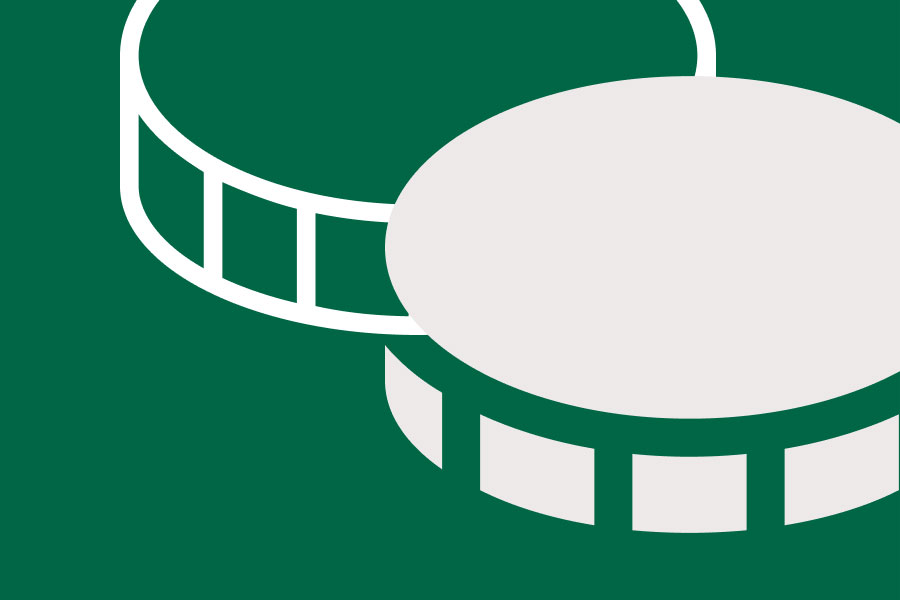As a contractor in the construction industry, you know that job costing is important (and that’s putting it lightly). Accurate job costing is how you determine if your company is making a profit from the jobs you take on. It’s how you generate accurate estimates for future jobs—estimates that are low enough to be competitive in your area, but high enough that you still pull a profit. And, once you’ve completed enough jobs, your job costing system becomes an invaluable database of job details and expenses—a database you can use to evaluate your company’s efficiencies and processes.
But there’s one part of the job costing equation that you might be missing: overhead costs. If you’re not including overhead costs in your job costing reports (even those not directly tied to a job), you’re not maximizing your profits.
In general, overhead costs are the costs that are essential to running your business and keeping the lights on (literally), but don’t directly contribute to turning a profit or producing a product or service. Overhead costs for a retail business, for example, might include things like rent payments for a storefront, utilities, and administrative costs.
Construction companies share some of these same overhead expenses—but with a little extra complexity. In the construction industry, overhead costs fall into two categories: indirect and direct. Knowing how to calculate overhead costs and tracking them can certainly impact your profits. Let’s take a closer look:
What are indirect overhead costs?
Indirect costs, also known as indirect overhead costs, are not directly tied to a specific job or project—they’re applied proportionally across all projects. These costs cover your day-to-day business operations and include things like:
| Rent or mortgage payments for your office space | |
| Office equipment and supplies | |
| Utility bills and other costs related to maintaining a business property | |
| Administrative and office staff salaries and benefits | |
| Professional services, like accounting or legal services | |
| Marketing and promotional costs | |
| Company vehicles |
Construction companies typically allocate these expenses equally across all projects, added as a percentage to the sum of labor, materials, or equipment. If you’re not adding these indirect overhead costs to your job costing reports, you might not be bringing in as much profit as you think you are.
What are direct overhead costs?
Direct overhead costs, also known as direct costs, are directly tied to a specific project and are required to successfully complete the project. These costs typically include:
- Project specific salaries (paid to on-site staff)
- Travel expenses
- Temporary office and sanitation facilities (like a construction trailer)
- Utilities and equipment for temporary office space
- Other temporary structures (like tool sheds, storage, ramps, and barricades)
- Utilities for the job site (like water, heat, and electricity)
Depending on the type of work you do, there could be a number of direct overhead costs associated with your project not listed here. Things like site cleanup, cold weather expenses, testing and inspection costs could all be considered direct overhead costs.
How do overhead and profit impact profit margins?
Your direct and indirect overhead costs combine to make up a big chunk of your construction project expenses. If you’re not including overhead and profit in your job costing for every project, you might see a negative impact on your profit margin. Any unexpected increase in overhead costs or unexpected overhead expense will lower your profit margin—and you’ll make less money on that job.
For that reason, it’s vital to track all indirect and direct overhead costs and calculate overhead for everything project. It doesn’t really matter how you track or calculate these expenses (every company does this a bit differently), as long as you do it. When you can see all of your expenses, you can confidently build job estimates that cover those expenses while still pulling a profit.
Cost tracking for profitability
Construction contractors who don’t keep accurate records of income and expenses might struggle to calculate profitability in their construction businesses—especially if you find yourself digging through receipts or spreadsheets for the answers. You might wrongly assume that your business is more profitable than it really is—a mistake you’ll pay for down the road (literally).

Using an automated accounting software like QuickBooks can help. QuickBooks automatically tracks and categorizes your business expenses so you can see your overhead costs at a glance. Nothing falls through the cracks, and you always know exactly how your money is being allocated.
At the end of the day, no matter how you do it, accurately tracking your overhead costs makes your business more profitable. (Plus, it comes with a host of other benefits, like building more accurate estimates, maximizing your tax deductions, and making informed financial decisions for your construction company—you get the picture).

Myranda Mondry
Myranda Mondry is a content creator and researcher at Intuit QuickBooks, the #1 accounting software. Based in the up-and-coming tech community of Boise, Idaho, she has a journalism degree from Boise State University and a serious passion for helping small businesses succeed.
